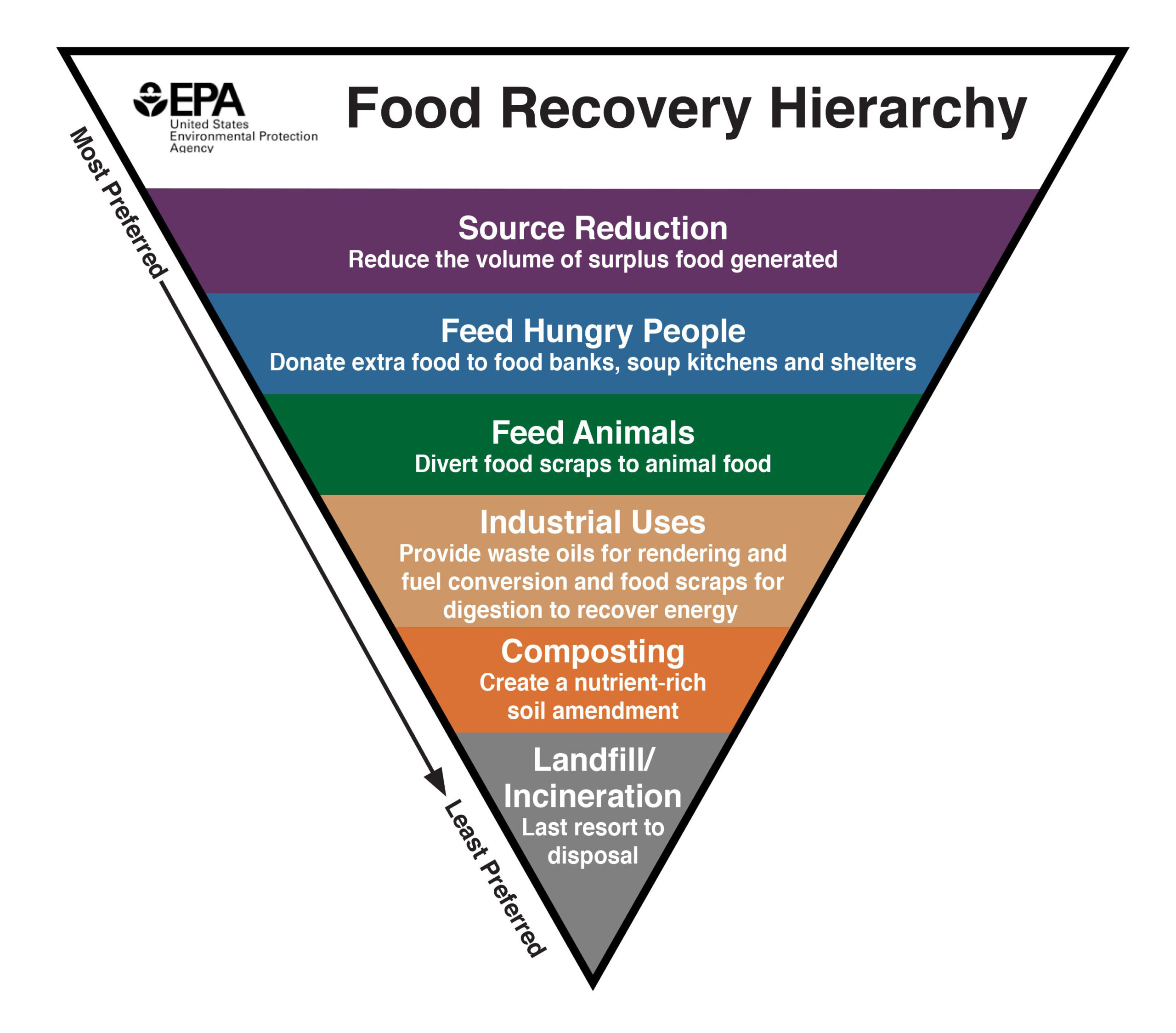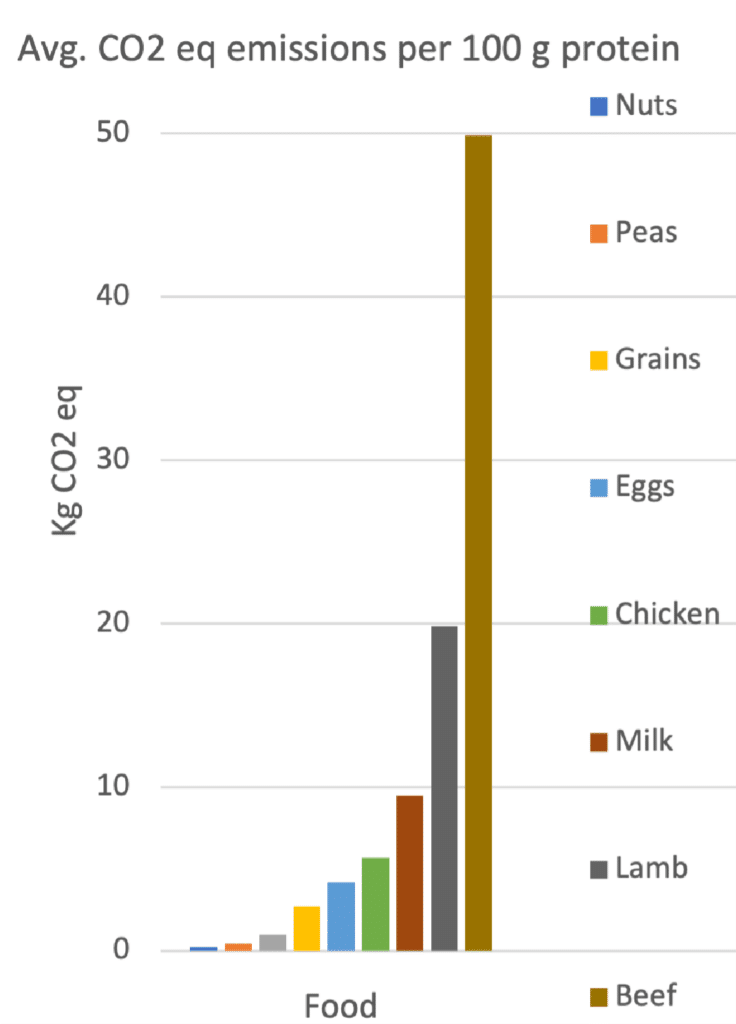About Food, Soils, and Agriculture
Introduction
The Food, Soils, and Agriculture Team brings together league members from all over the state to work collaboratively on these three related areas and their impacts on climate change, clean air & water, and food equity. The Committee’s focus is on educating league members, creating and sharing resources with one another, and identifying and advocating for legislation that supports our work. All LWVC members are welcome and encouraged to join.
Latest Resources
- Learn about FARM BILL 2023 and watch a Discussion about it hosted by the LWV Upper Mississippi River Region Inter League Organization.
- LWV Climate Interest Group Food Waste Toolkit
- LWVC Climate Smart Agriculture and Food Action Policy, approved February 2023.
- Do you know how this multi-year billion-dollar omnibus bill will impact your community? Learn more about the Farm Bill.
Food Waste

Approximately one-third of all food produced in the United States is lost or wasted. When organic matter – including food – decomposes, it releases methane, a powerful greenhouse gas. Over a one-hundred-year time period, methane has a global warming potential (GWP) that is 27-30 times that of carbon dioxide. Organic waste in landfills accounts for 20% of CA’s methane emissions and eighteen percent of the waste that Californians send to landfills is food scraps.
To address this problem, California, via SB1383, has mandated “a 75-percent reduction in the level of the statewide disposal of organic waste from the 2014 level by 2025.” Now is the time to get involved in this important initiative and educate people about ways to reduce food waste, divert recoverable food to communities for consumption and more. Visit CalRecyle to learn more as well as access and download presentations, flyers and fact sheets created by CalRecyle to be used to educate your community.
What Leagues Can Do About Food Waste
- Advocate for your community to comply with SB1383
- Educate members about food recovery and food waste using information and tools created by US EPA including their Sustainable Management of Food Initiative and by CalRecyle.
- Host webinars like the one held by the LWV San Diego, “Ending Hunger Through Food Rescue” to learn what one’s community is doing to address this serious problem.
- Work with organizations that glean leftover crops from farmers, community gardens, neighborhood orchards, and more.
Food Consumption
Medical doctors and climate scientists alike agree! Eating a plant-forward diet improves one’s health and mitigates climate change. Reducing one’s meat consumption an extremely effective action that individuals can take to lower their individual carbon footprints. The American Heart Association recommends reducing one’s meat consumption to lower one’s risk of developing heart disease, type 2 diabetes, stroke and more. The scientists at UC Davis’ Climate Change Laboratory compared the carbon footprint of a medically recommended heart-healthy diet to the typical American diet and found that eating a heart-healthy diet is both good for one’s heart and the planet. They created a short, informative video, “The Diet That Helps Fight Climate Change” to share their findings. To learn more about the physical and mental health benefits of eating a plant-forward diet, also see Kaiser Permanente’s article.
What Leagues Can Do

- Distribute the LWVC plant trifold to educate members about the climate and health benefits of a plant-forward diet.
- Serve tasty plant-based meals at meetings to raise awareness about dietary choices and to educate members.
- Encourage members to speak to their doctors about proper nutrition and healthy meat-free choices.
- Publish nutritious plant-based recipes in monthly newsletters
- Encourage Meatless Mondays
- Encourage local governments to serve plant-based meals at government events and to understand the climate impacts of the food they purchase and serve.
Beyond Food Waste
Soils
Healthy soils are a natural carbon sink. But, unfortunately, anthropogenic activities including many agricultural practices have greatly depleted the health and quality of soils. More than ninety percent of California’s lands are classified as natural or working lands and range from forests to farmland to urban green spaces. They are currently net GHG emitters. By restoring lands that are natural carbon sinks including oak savannahs, sea grasses and wetlands; implementing forest and wildfire management practices; stopping suburban sprawl into open space and farmland; and helping farmers invest in climate smart agricultural practices, California can begin to draw down carbon. To learn more about this effort see Draft California 2030 Natural and Working Lands Implementation Plan. To learn the basics of the carbon cycle, watch the four-minute video, The Soil Story.
Agriculture
California’s agricultural industry produces 50% of the nuts, fruits, and vegetables consumed in the United States and also 8% of CA’s GHG emissions. Climate change has resulted in extended periods of drought, severe weather events, high winds, and record-high temperatures – all of which have greatly impacted California’s agricultural industry. Climate change presents a real threat to food security. To help farmers both adapt to and mitigate these impacts as well as reduce GHG emissions, California has implemented the Climate Smart Agriculture Program which includes initiatives to improve soil health, preserve open space and agricultural lands, implement alternative management practices, and use water more efficiently and effectively. By using climate smart agricultural practices, California farmers can be frontline defenders against climate change. They can also improve their crop yields, reduce agriculture runoff, reduce their use of fertilizers and pesticides, and support native flora and fauna. Learn more at California’s Department of Food and Agriculture website. And be sure to watch a few of their climate smart videos that highlight how their climate smart agricultural programs are helping farmers across the state.
What Leagues Can Do About Soils and Agriculture
- Educate members about the importance of supporting policies that support climate smart agricultural practices and programs.
- Support farmers by shopping at the local farmers market and supporting funding for climate smart ag programs.
- Embrace Climate Victory Gardens, and create a community garden on city land and support efforts like the one in the City of Fort Bragg to become a garden-friendly city like the LWV Mendocino did. All school children throughout the County are provided with a free lunch that is sourced by local farmers.
- Work to preserve undeveloped land like the LWV San Jose did for Coyote Valley
- Support the development of a County Agricultural Plan like the LWV San Jose did in Santa Clara County
- Support schools in their efforts to teach students how to grow healthy food like the Edible Schoolyard Project in Berkeley does (LWV Berkeley).
- Host a movie-watching party of Kiss The Ground or The Biggest Little Farm to learn about the benefits of regenerative agriculture and soil health.
Working Toward Solutions
Is the Solution to Climate Change Really Just Under Our Feet?
It is incontrovertible that soil takes in and stores carbon. Increasing the amount of organic carbon in soil decreases runoff, improves water retention, improves biodiversity and can increase crop yields. The amount of carbon that is absorbed and stored in soils and for how long it is stored depends on numerous factors including the location of the land, how the land is used, the natural composition of the soil, and more. How much does rotational grazing improve soil health? What about its impacts to biodiversity and water? How much does the use of cover crops increase long-term sequestration of carbon? Soil scientists and biogeochemists all over the world – including at the University of California at Davis – are working to answer these questions. But how big of an impact can changing our agricultural practices and diet have on climate change? According to the IPCC’s Sixth Assessment Report (2022) changes in agriculture, forestry, and our food systems can provide nearly one-third of the greenhouse gas reductions needed to meet the UN’s GHG targets, benefit biodiversity and ecosystems, improve food and water security, and more.
Expanding to National

The team has expanded to the national level and formed the U.S. Food, Soils, and Agricuture team with the addition of interested League members from across the country. States represented are shown in the figure.
